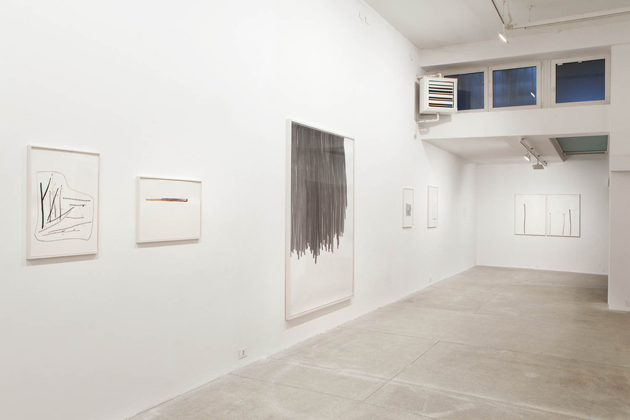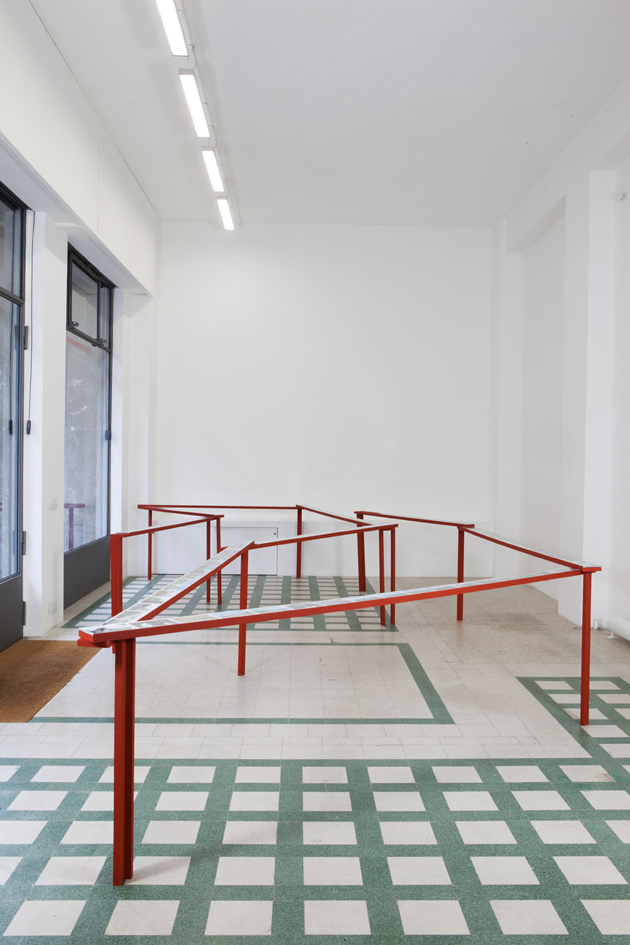Wandering in Silvia Bächli’s Ephemeral Worlds
Raffaella Cortese seldom, if ever misses a shot. After reviewing the women’s diverse expressions of mourning proposed by Kiki Smith last October, once again we return to the Milanese gallery to discover the first solo show by Silvia Bächli (b. 1956, Baden, Switzerland), another esteemed exponent of Ms. Cortese’s selected and intimist female art universe.
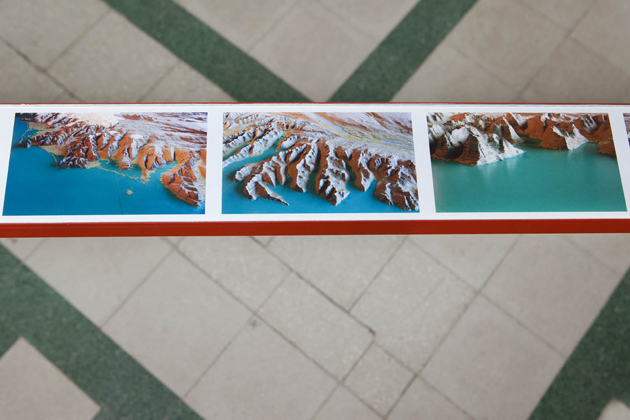
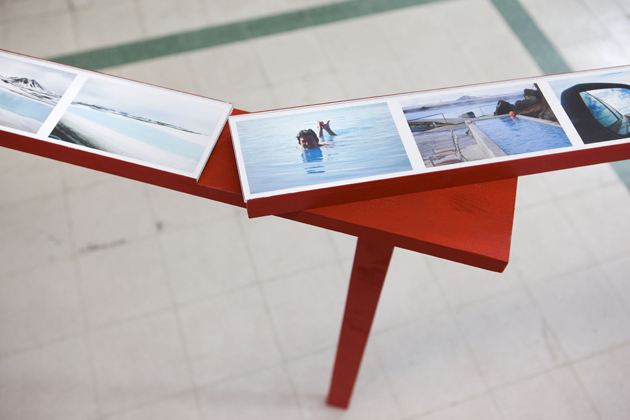
The Swiss artist, living and working between Paris and Basel, displays a bunch of her distinctive works created through the use of basic forms and materials: ink, gouache, charcoal, painting on white paper, characterised by a clean, delicate mark, tending to essential shapes with a light chromatism. Though reminding the abstraction of the minimalist American/Canadian artist Agnes Martin (1912-2004), Bächli’s approach is able to mix non-figurative and real elements strictly connected to the nature.
In her works flower stems turn into parallel lines, rectangles build vanishing forms and pale childlike female figures, apparently immersed in empty atmospheres, report an accurate, meditative construction of “unknown worlds where to wander, creating a space and exploring it, by acting with and against the paper edges.” In complete contrast to the present “spectacularization” of art, replacing the more and more flashy, shouted communication, the artist – who represented Switzerland at the 53rd Biennale of Venice – developed a low soft-spoken language made of slight, evocative and intimate words.
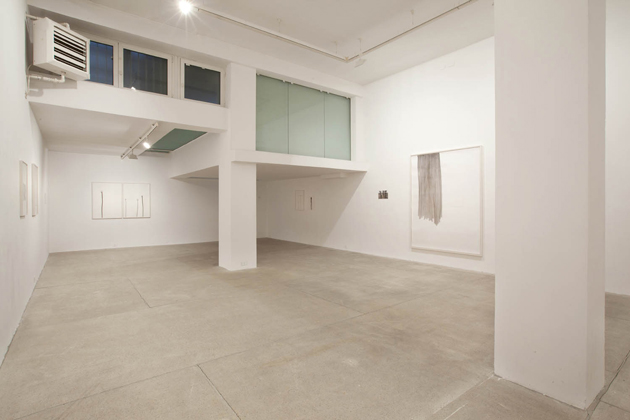
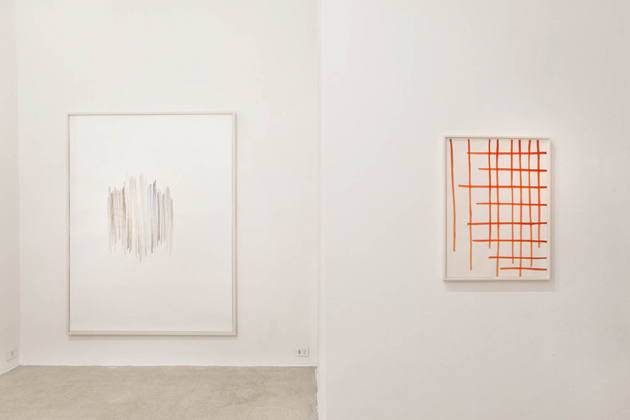
Exploiting the double exhibition space of the gallery, Bächli presents here, along with the series of drawings and paintings on paper of different sizes and techniques, a maybe less known, but still highly representative work. The photo installation entitled Hafnargata conceived with her husband, the Swiss artist Eric Hattan, and previously exhibited at the Kunsthalle Nürnberg in 2011, is the result of an explorative journey made by the couple in the barren landscapes of Iceland, a white primitive panorama, which perfectly reflects the essence of the artist’s poetic: “drawing means leaving things out.”
